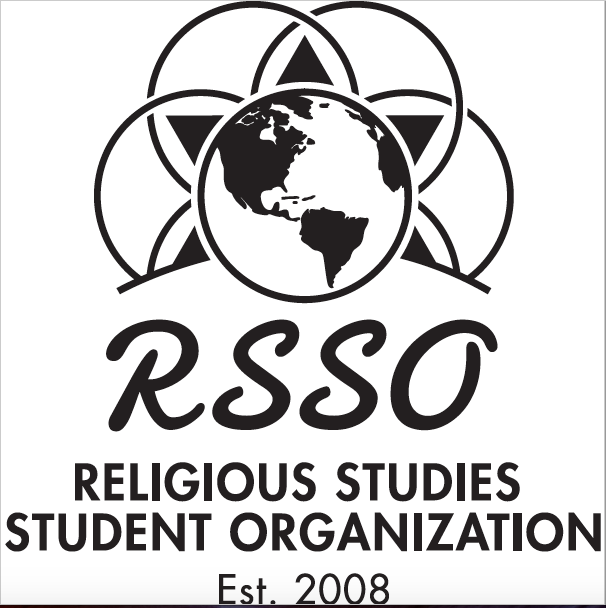Moderator
Dr. J. David Hoeveler
Location
University of Wisconsin-Milwaukee
Start Date
6-4-2013 2:00 PM
End Date
6-4-2013 3:15 PM
Abstract
Health Outcomes in the Mellah of Merrakesh from 1879-1912, observes public health outcomes in Jewish mellahs in Morocco, how Jewish traditions prevented greater devastating impacts on the community, and local and global responses, using accounts from the journals of travelers to Morocco, records from the Alliance Israelite Universelle and from medical professionals, and secondary sources that focus on mellahs.
The first mellah was created in the 15th century during the Mirinid dynasty as a means of protection for the Jews, who played vital roles in Moroccan society and economy, from the attacks of intolerant Arabs. The mellahs, near the sultan on land that was originally allotted to Christian militia, was well maintained and allowed for Jews to live out their daily lives and traditions peacefully.
By the mid-19th century, attitudes towards Jews shifted, and the mellah became a means of control over the Jews. Living conditions were poor and crowded, introducing contamination into food and water sources, causing frequent epidemics of cholera, typhus, and smallpox. The government denied responsibility to help, and also denied the Jews access to land outside the mellah or passports to emigrate. Despite poor public health outcomes and no response from the government, Jewish population managed to grow. Jewish marital pracices and an urgent response from the AIU in France, who taught proper sanitation and midwifery skills, aided in population growth, but did not eliminate the devastation of the frequent epidemics.
In 1912, France took control over many territories in Morocco, and implemented the French protectorate, which eliminated the ban which forbade Moroccan Jews from leaving the mellah or Morocco. As a result, 150,000 Moroccan Jews emigrated to countries that allowed them freedoms to practice Judaism without intolerance.
Included in
Public Health in the Mellah of Merrakesh from 1879-1912
University of Wisconsin-Milwaukee
Health Outcomes in the Mellah of Merrakesh from 1879-1912, observes public health outcomes in Jewish mellahs in Morocco, how Jewish traditions prevented greater devastating impacts on the community, and local and global responses, using accounts from the journals of travelers to Morocco, records from the Alliance Israelite Universelle and from medical professionals, and secondary sources that focus on mellahs.
The first mellah was created in the 15th century during the Mirinid dynasty as a means of protection for the Jews, who played vital roles in Moroccan society and economy, from the attacks of intolerant Arabs. The mellahs, near the sultan on land that was originally allotted to Christian militia, was well maintained and allowed for Jews to live out their daily lives and traditions peacefully.
By the mid-19th century, attitudes towards Jews shifted, and the mellah became a means of control over the Jews. Living conditions were poor and crowded, introducing contamination into food and water sources, causing frequent epidemics of cholera, typhus, and smallpox. The government denied responsibility to help, and also denied the Jews access to land outside the mellah or passports to emigrate. Despite poor public health outcomes and no response from the government, Jewish population managed to grow. Jewish marital pracices and an urgent response from the AIU in France, who taught proper sanitation and midwifery skills, aided in population growth, but did not eliminate the devastation of the frequent epidemics.
In 1912, France took control over many territories in Morocco, and implemented the French protectorate, which eliminated the ban which forbade Moroccan Jews from leaving the mellah or Morocco. As a result, 150,000 Moroccan Jews emigrated to countries that allowed them freedoms to practice Judaism without intolerance.

